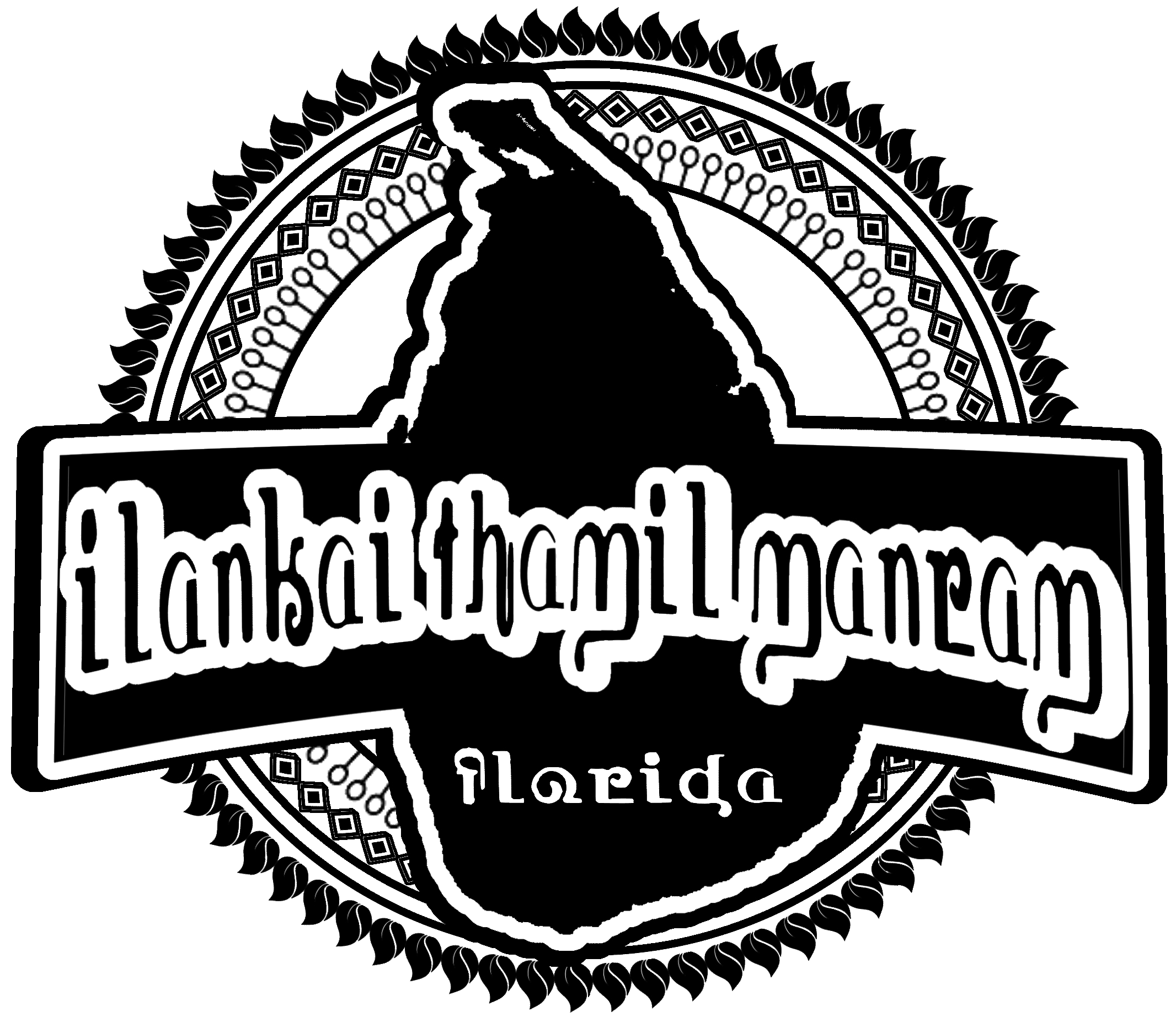
Throughout the tropical climes of the world, the banana leaf has been a vital asset for both preparing and serving food.
Although more commercial options are available for food production and presentation, the banana leaf is still widely used in these roles, especially in South Asian culture. Easily available and disposable, banana leaves prove handy, especially in situations where meals are being dished out to large crowds.
Banana leaves seem to have been used for centuries in food service, especially in South Asia. The Thamil epic Silappatikaram, written in the fifth or sixth century CE, seems to make reference to a wife serving her husband’s food on a banana leaf. In modern times, the leaf is mainly used in traditional group meals for its convenience and cultural significance. When feeding a large assemblage, such as during a wedding or festival, the leaf makes for easy cleanup. Furthermore, its large size allows easy plating of the variety of dishes which are likely to be served. Its waterproof nature prevents non-solid side dishes from soaking through the leaf and allows all remnants of the meal to be quickly gathered within the leaf to be discarded.
Aside from being an environmentally friendly resource for food service, banana leaves are also used all over the world in preparation of various dishes, from tamales in Central and South America, to pasteles in Puerto Rico, to lamprais in Sri Lanka. Many of these dishes involve wrapping a filling, which can consist of anything from cornmeal to meat to rice, within a banana leaf packet and baking or steaming the packets.
There are even companies seeking to enter the commercial market by actually compressing and cutting banana leaves into the shape of disposable plates, providing a more uniform option that is also biodegradable, and can replace less eco-friendly Styrofoam. These plates also do not require a separate stand of banana trees to provide leaves, but can be made from leaves which fall during the regular harvesting of banana fruits.
While use of a banana leaf may seem a simple method of food service, there is actually a great deal of protocol associated with the banana leaf meal, or thaali. The banana leaf should be placed with the widest part to the right of the diner, and the tip to the left. The main carbohydrate, usually rice, is placed at the center. Pappadam is usually placed to the left, with a sweet item placed to the right. Curries and vegetable side dishes are placed across the top of the leaf. The meal is usually eaten without cutlery, using the hands alone. Once completed, the banana leaf is folded towards the diner to indicated satisfaction with the meal and respect for the servers.
